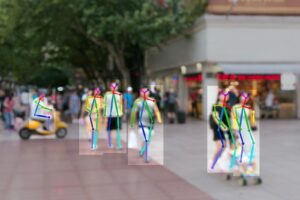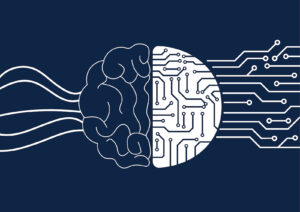
The number of cameras being installed at establishments is on the rise as customers become more and more aware of the necessity and benefits of security solutions. But this brings with it several unique problems.
In the earlier days, while the number of cameras wasn’t that high, security personnel could afford to sit in front of a screen and monitor feeds. Despite the obvious inefficiency of such a process, there wasn’t any other option either.
Fortunately, the arrival of artificial intelligence is changing the whole scene now. According to a recent blog post from the research firm Memoori, an AI-based software security guard with infinite eyes and endless attention span can track almost every action in every video stream round the clock. When AI detects a problem, it can alert the authorities concerned and ensure action is taken.
“An unauthorized entry by non-violent means, a theft of an unsecured item, even a suspicious package placed in a trash can, and many other important situations would likely be missed by the human eye trying to scan multiple video streams,” Memoori notes. “The cost of hiring enough security personnel to manage the growing number of cameras is simply too high. Even once an incident has taken place it remains incredibly difficult and time-consuming to comb through video recordings in order to collect evidence that would help security personnel identify suspects or understand the sequence of events.”
In one of its recent reports, the firm had said that existing law enforcement systems are finding it more and more difficult to cope with the rising volume of video surveillance material being created and recorded. This will only increase further, with the number of cameras going up by about 12 percent annually. The irony is that no number of cameras will be useful if there is no way to monitor and track the feeds that are being generated. And, at the moment, there is a major risk of important information being missed because there is no reliable way to monitor them.

Implementing AI
There is no dispute about the importance of AI in this context. However, security personnel should understand that effective use of AI doesn’t mean buying a solution, installing, and then forgetting about it. AI, much like a human sitting in front of a computer, needs to be trained and customized to understand your requirements, circumstances, and environment.
“The first part of implementing AI video surveillance, adding the analytics engines to the various video streams and enabling them, is relatively straightforward,” Memoori said. “The second part, configuring them for accurate performance, can be far more complex and time-consuming. Every site is unique, and even very similar sites using the same analytic rules may need to deliver very different results, based upon the specific operational requirements. Even with a self-learning AI system, there may be a need to adjust detection zones and masks, camera angles, perspective settings. It is this second part that has held back adoption.”
How intelligent is AI?
The AI technology is becoming stronger day by day. But does this mean it is powerful enough to be a substitute for human eyes? While this and other questions like whether AI does ensure ROI are still being asked, by now there seems to be a general consensus that video analytics can do more than what rule-based solutions achieved.
“This is due in large part to major advances in semiconductor architecture, which is enabling much faster processing; Empowering deep learning and machine learning algorithms to analyze data many times faster than was previously possible. Venture capitalists are now pouring billions of dollars into financing artificial intelligence (AI) chips and analytic software companies,” Memoori’s report said.
The bottom line is that there is a critical need to make full use of the massive amounts of data being generated by video surveillance cameras and AI-based solutions are the only practical answer.
Modern chip architecture with AI software can comb through vast volumes of data and boost security, safety and the overall performance of people, buildings, and business enterprises.
Granted, there is a lot of development in this field that we are yet to see, but the path is quite clear.
Source: a&s Magazine



































































